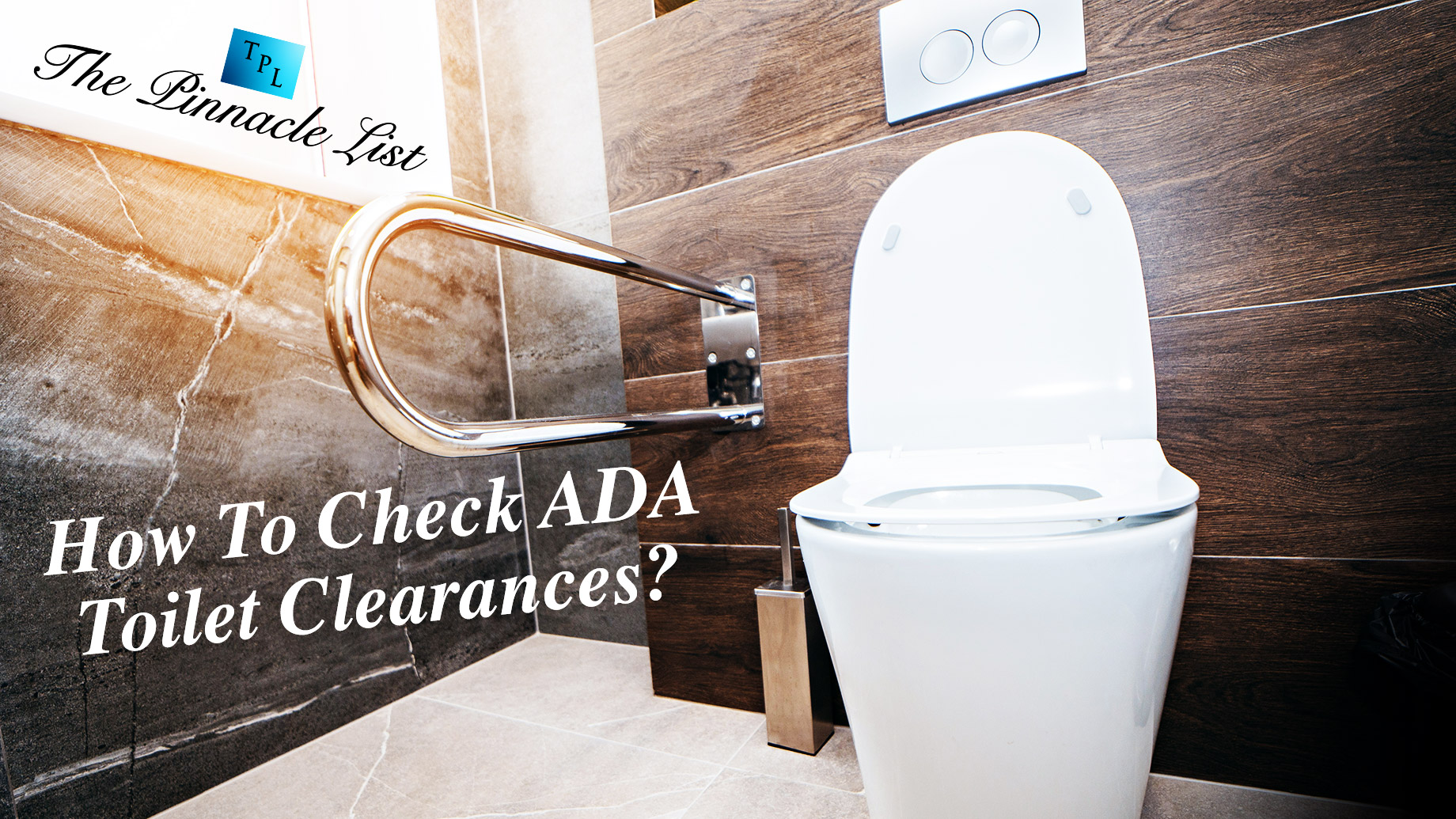
For individuals with disabilities, using the restroom can be a challenging task. The Americans with Disabilities Act (ADA) has established guidelines for public and private facilities to ensure that they are accessible and usable by all individuals. One of the key requirements for accessible restrooms is proper clearance around the toilet.
In this article, we will discuss how to check ADA toilet clearances and ensure that your restroom is compliant with ADA guidelines.
Understanding ADA Guidelines for Toilet Clearances
The toilet ada clearance that toilet stalls be designed with sufficient clearance to allow individuals using mobility devices to easily transfer to and from the toilet.
The guidelines specify that the minimum width of an accessible stall should be 60 inches, with a minimum depth of 56 inches. Additionally, the guidelines require that there be a clear space of at least 9 inches in front of the toilet and a minimum of 36 inches on each side of the toilet.
To ensure that your restroom is compliant with these guidelines, it is important to measure the clearances around the toilet and compare them with the requirements set by the ADA.
Steps for Checking ADA Toilet Clearances
1. Measure the width and depth of the stall
The first step in checking ADA toilet clearances is to measure the width and depth of the toilet stall. The ADA guidelines require that an accessible stall have a minimum width of 60 inches and a depth of 56 inches. Measure the stall from wall to wall to determine the width, and from the back wall to the front edge of the toilet to determine the depth.
2. Measure the clearance in front of the toilet
The ADA guidelines require that there be a clear space of at least 9 inches in front of the toilet. Measure the distance from the front of the toilet to the nearest obstruction, such as a wall or a fixture. This distance should be at least 9 inches to comply with ADA guidelines.
3. Measure the clearance on each side of the toilet
The ADA guidelines require that there be a minimum clearance of 36 inches on each side of the toilet. Measure the distance from the center of the toilet bowl to the nearest obstruction, such as a wall or a fixture. This distance should be at least 18 inches on each side of the toilet to comply with ADA guidelines.
4. Check the height of the toilet seat
The ADA guidelines require that the height of the toilet seat be between 17 and 19 inches from the floor. Measure the distance from the floor to the top of the toilet seat to ensure that it falls within this range.
5. Check the location of grab bars
The ADA guidelines require that grab bars be installed on the side walls of the toilet stall and behind the toilet. Measure the height and location of the grab bars to ensure that they comply with ADA guidelines.
Benefits of Checking ADA Toilet Clearances
Checking ADA toilet clearances is important for several reasons. First, it ensures that your restroom is accessible and usable by all individuals, regardless of their mobility status. This can help you avoid legal issues and provide a welcoming environment for all guests.
Additionally, complying with ADA guidelines can also benefit your business by attracting a wider range of customers. By providing accessible restrooms, you can demonstrate your commitment to inclusivity and earn the loyalty of customers who prioritize accessibility.
Conclusion
In conclusion, checking ADA toilet clearances is an essential step in ensuring that your restroom is accessible and compliant with ADA guidelines. By following the steps outlined above, you can measure the clearances around your toilet and ensure that your restroom is welcoming and usable for all individuals.